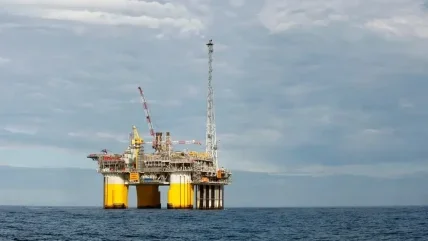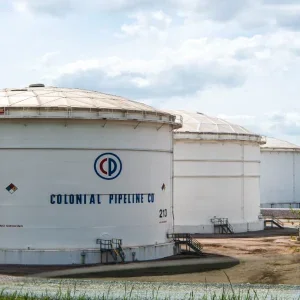
Equinor, along with its partners Petoro, Vår Energi, and TotalEnergies EP Norge, began production from the first Lavrans well in the Kristin South area.
The partnership had submitted the plan for development and operation (PDO) of the Lavrans and Kristin Q discoveries as satellites to the Kristin field in 2021. This marks the first phase of the Kristin South project, with the PDO receiving approval from authorities in 2022.
A new subsea template has been installed and connected to the Kristin platform, which is now processing oil and gas from the first well at the Lavrans field. The gas will be exported to the European market via the pipeline system, while the oil will be transported by ship to the market, using the Åsgard C storage vessel.
As part of the first phase of the Kristin South project, four additional wells are planned: three at the Lavrans field and one in the Q-segment of the Kristin field. The latter will be drilled from an existing subsea template connected to the Kristin SEMI.
The PDO estimates the expected production in phase one of the Kristin South project at 6.2 GSm³ of gas and 1.9 MSm³ of oil, totalling 58.2 million barrels of oil equivalent.
The CO2 intensity for extraction and production in phase one of Kristin South is very low, at less than 1 kg of CO2 per barrel of oil equivalent, with emissions primarily generated from the project’s drilling activities.
Norwegian suppliers won more than 60% of the contract values during the development phase. The project is estimated to have generated 4,000 person-years of employment across Norway, including 800 in the Mid-Norway region, over the 2020-2025 period.
The Lavrans field was discovered in 1995, and the Kristin field began production in 2005. The technical lifetime of the Kristin platform is currently estimated to be 2043, with the potential for additional extensions.
Partners in the Haltenbanken Vest Unit include Equinor Energy (54.82%, operator), Petoro (22.52%), Vår Energi (16.66%), and TotalEnergies EP Norge (6%).






